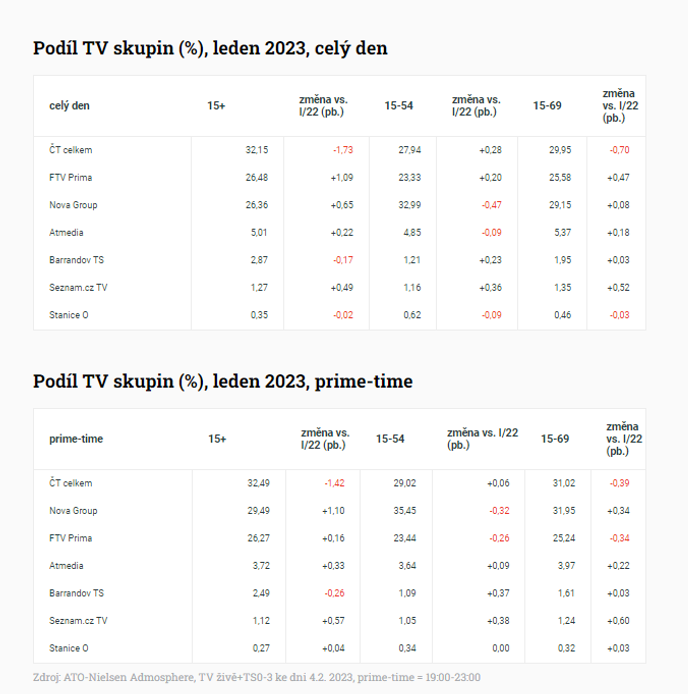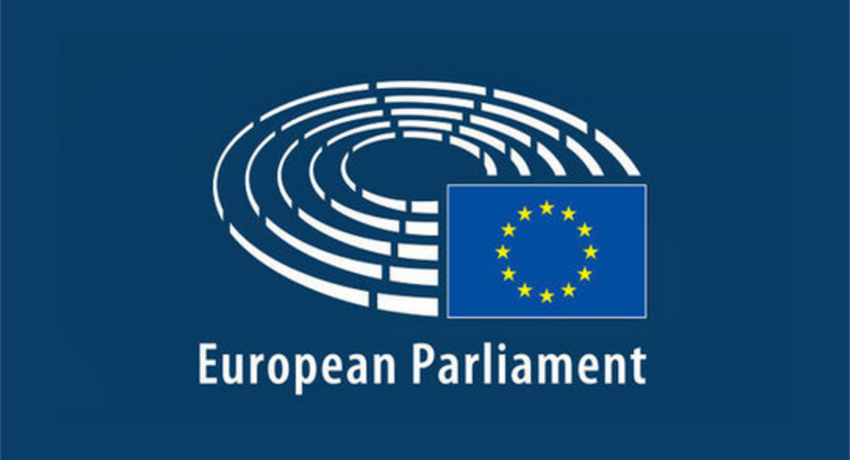The video service launched on Wednesday last week, the “first impression” came out last Friday and now it’s time for a few questions about the implementation and other plans. In addition, the streaming service is the first one to come up with a so-called hybrid subscription offer combining a certain amount of advertising and a cheaper subscription. With this tariff, the Prima group is here earlier than the multinational streaming services, and it additionally begins literally at zero!
We informed you in detail about the new video service and especially about its content in a report from its launch in January (link below) and also in a recent first short introduction. The ambition of Prima+ is not to compete with established global video services, but to attract a specific Czech viewer.
Our questions are answered by Josef Beneš, director of VoD Prima, and Nguyen Hung, director of online technology development.
According to you, the platform on which the Prima+ video service is built is in-house. What led you to not reach for something already established? The Czech Republic, as with anti-virus programs, is a superpower in this respect.
NH: We have strategically divided the overall platform into functional units or components, in which we have prioritized sections that we have worked on with our internal team due to synergies with our TV broadcast. But at the same time, we also developed some solutions with external suppliers. For example, mobile apps, Smart TV apps and HbbTV.
Tell us, how scalable is your platform? For example, what is the optimal range of its use in terms of the overall number of users and the number of users using it at the same time?
The platform infrastructure is built on a global cloud solution so that we can flexibly respond to current needs while thinking about future product development.
What targets do you have set in terms of audience numbers?
JB: We don’t have fixed benchmarks, but we would like to have 500,000 users in the Free version where people can watch content for free. And ideally around 100,000 paying users. We estimate these numbers based on the number of ad-free iPrima user registrations and video rentals on iPrima.cz so far.
Will Prima+ expand to other countries?
JB: Our target is the Czech market, as the Prima group also targets the Czech viewer. The website primaplus.cz will of course be available abroad as well, but the app will only be available in the Czech Republic. The formats based on the original theme of the Prima group can be played by users from all over the world. Acquisition and licensing videos can only be watched in the Czech Republic.
Where did you get your inspiration for the user interface?
JB: We looked for inspiration at home and abroad. Our goal was to offer Czech viewers a modern and user-friendly interface that is easy to navigate for every member of the family. This is where multinational streaming services in particular have high standards.
Have the defects of most current VoDs been eliminated, such as language mutations that are not visible before you watch the show, or the total number of episodes for a new series not being shown one at a time?
JB: We are working hard on the availability of the language versions and they will be available in the coming weeks. A range of original languages with subtitles combined with dubbing will be available.
For original productions, will you go the “one episode a week” route or will you occasionally release everything at once?
JB: Like other streaming services, we have a different strategy each time we deploy Prima+ Originals premium formats. Whereas with Bodyguards (Bodyguardi) and Midnight Confession (Půlnoční zpověď), you’ll be able to watch all episodes at launch, with Seven Steps to Power (Sedm schodů k moci) we’ve decided to deploy two new premiere episodes a week for a month at a time.
The original Bodyguards series (Bodyguardi) is available to watch in its entirety right from the launch of the service.
Is Prima+ coming up with something special or outright unique within the user interface? For example, will they be able to filter shows by age, sound quality, etc.?
JB: What is unique is our “recommendation” system, which will offer content based on viewership, trending shows or user preferences, for each profile separately. The content offering will also be dynamically filtered by user account, differently for Free and Paid tariffs.
You talked about family profiles. Will it be possible to create a purely children’s profile? How do you ensure that content is filtered by age? Do you use domestic age limits, including 15+ and 18+, or do you rely on foreign or American ones?
JB: Each registered user can create up to five family personalized profiles with customized content recommendations. In the next phase of the site’s development, we definitely want to focus on safe viewing of shows for the little ones and ensure that children’s profiles are set up to allow children to view safe content.
Affordable subscription packages are a strong point of the new video service, and it even has a world premiere at that! Given the number of ads being aired, though, we’d guess that there will be more than a hundred thousand people interested in the paid service…
Is there anything else about your video platform that you’d like to highlight that hasn’t come up?
JB: We would definitely like to emphasize that Prima+ is the only flexible video service on the Czech market. It allows users to consume content based on a choice of three tariffs.
- The basic Free offer, which allows access to the Prima Group’s video archive of programmes, is free. Registered users will also be able to watch live broadcasts of all Czech Prima Group stations. All in SD quality and with advertising.
- The extended Light offer for CZK 99 per month will also offer users previews of their favourite shows and series up to seven days before the TV broadcast, more than two thousand Czech and foreign titles and exclusive Prima+ Originals content. And all this in HD quality and with half the volume of advertising.
- The Premium tariff for CZK 149 per month includes the complete offer in Full HD quality and completely ad-free.
Each registered user can also create up to five family profiles with tailored content recommendations. It is also possible to register up to five devices in the home (Smart TV or HbbTV, phone, computer or tablet), and three Prima+ streams can be watched simultaneously.
Source: televizniweb.cz













